Studying the MF/HF radio stations. Their role in GMDSS, main requirements to installation and survey
MF/HF radio station is a high tech equipment, designed for receiving and transmitting messages between vessels in the medium and high frequency range. It usually consists of a transceiver, a control block, and an antenna.
For any vessel crossing oceans and seas as well as for those working offshore, an MF/HF radio is an indispensable section of equipment, it ensures long-distance radio communication. MF/HF radio is an important part of GMDSS, that’s why most of the vessels are obliged to install it in accordance to international safety regulations.
MF/HF on board the ship provides radiotelephony, narrow-band direct printing and DSC over long distances. An MF/HF radio installation with DSC should be installed with a TELEX terminal. The system is subject to mandatory annual GMDSS survey.

Digital Selective Calling (DSC)
IMO has designated Digital Selective Calling (DSC) on MF, HF and VHF marine radios as a part of the GMDSS system. DSC is a mandatory equipment both for coast stations included in the GMDSS system, and for ships making voyages in any navigation areas. Primarily, DSC is designed to set up ship-to-ship, ship-to-shore and shore-to-ship radiotelephone and MF/HF radiotelex calls. DSC calls can also be made to individual stations, groups of stations, or “all stations” on the same radio band. Each DSC radio on a ship is programmed once and forever with a unique 9 digit ID number (Maritime Mobile Service Identity – MMSI code). The correct programming of the MMSI code is to be verified during the GMDSS survey.
Also, IMO and ITU-R both require that the DSC-equipped MF/HF and VHF radios be externally connected to a satellite navigation receiver (GPS). That connection ensures that an accurate location information will be sent to a rescue coordination centre if a distress alert is transmitted.
The FCC requires that all new types of marine VHF and MF/HF radiotelephones accepted after June 1999 have at least a basic DSC capability.
MF/HF broadcasting
Radio waves at MF wavelengths travel through terrestrial waves and are reflected off the ionosphere (called sky waves). Ground waves follow the shape of the Earth. At these wavelengths, they can curve (diffract) over hills and expand beyond the visible horizon, although they can be blocked by mountain chains. Standard MF radios work on a radius of several hundred miles from the transmitter on long distances over water and soaked ground. MF broadcast stations use ground waves to reach their listening areas.
GMDSS telecommunications equipment should not be reserved for emergency use only. The International Maritime Organization allows using of GMDSS equipment for both routine and safety telecommunications.
The broadcasts listed below are made on MF/HF frequencies. A preliminary call is made on the calling frequencies, after which the broadcast is carried out on the working frequencies.
- Coastal warnings and bulletins
- Coastal reports
- Oceanic warnings
- Oceanic weather bulletins and warnings
Notes:
* Bulletins comprise the weather situation and forecast.
* Reports inform the weather situation at selected coastal sites.
* Warnings include navigational, ionospheric and meteorological warnings.
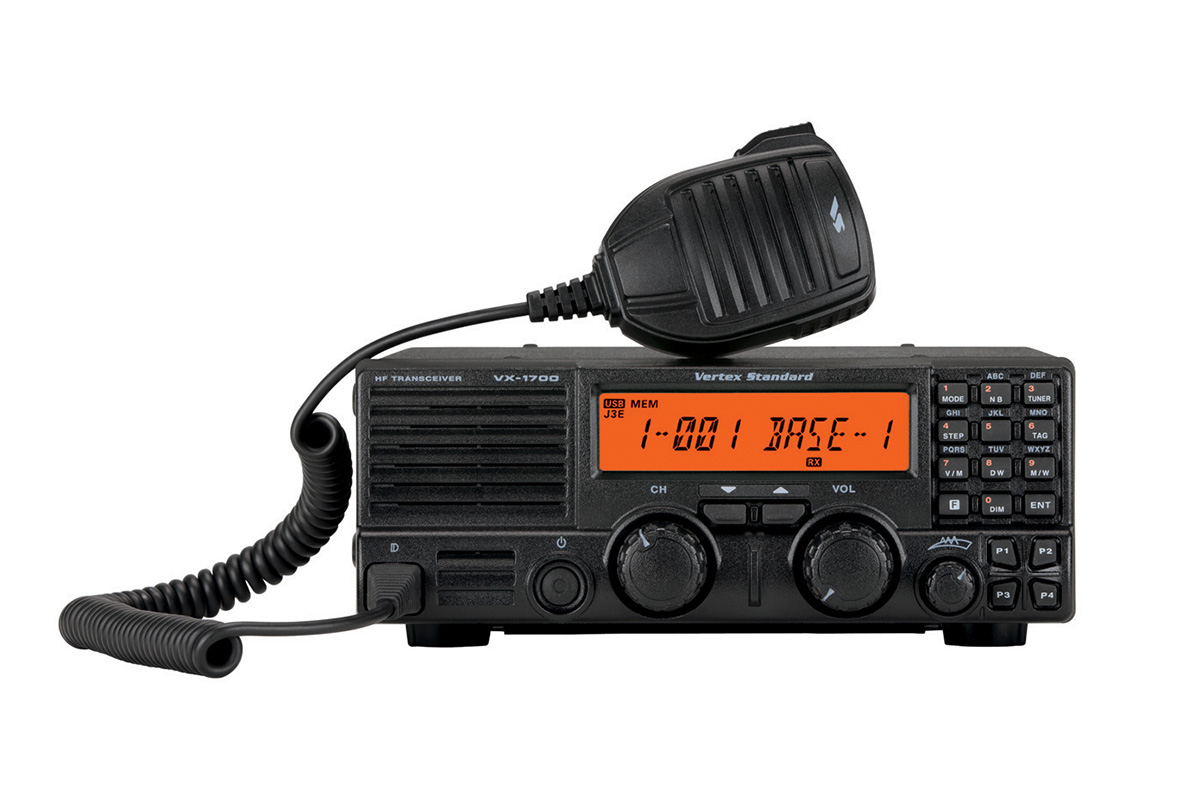
Technical characteristics required by ITU-R to the MF/HF ship station:
1. The DSC equipment should meet the MF/HF technical characteristics detailed in ITU-R recommendation M. 493. This equipment does not have to provide all code combinations, e.g. it can be simplified DSC equipment (with no distress functions), but it must provide all the necessary formats for automatic/semi-automatic MF/HF DSC signalling.
2. The MF/HF transceiver should be capable of operating on any of the MF/HF public correspondence working channels and, on any MF/HF DSC calling channel listed in RR Article 60 (S52) which may be operated by the coast station(s) through which automatic operation is required. It should be capable of automatic channel selection under control of the DSC equipment and of changing frequency from a DSC channel to any other working frequency in the same band within 5s.
3. The equipment should be capable of operating in accordance with the operational procedures described in Annex 1 to ITU-R M 1082-1.
Detailed information about the requirements for MF/HF radio installations for each Sea Area
There are 4 GMDSS regions:
A1 - approximately 20-30 miles from the coast station. This zone is covered by the on-shore VHF radio stations with DSC.
A2 - approximately 150 miles. Maritime communications in the range of onshore radio stations with DSC + A1.
A3 - to about 70 degrees north and south latitude. The vessels are in the area of operation of the INMARSAT + A1 and A2 system.
A4 - is the remaining area outside the A1, A2 and A3 areas.
Sea Area A1
An MF or an HF radio is just recommended to be installed on board of a ship engaged on voyages exclusively in A1 GMDSS region. And the radio may be replaced by other types of life-saving equipment.
Sea Areas A1 and A2
Every ship voyaging in these regions shall be provided with:
An MF radio installation capable of transmitting and receiving, for distress and safety purposes, on the frequencies 2 187.5 kHz using DSC; and 2 182 kHz using radiotelephony and an HF DSC system (may be replaced by an EPIRB or an Inmarsat ship earth station).
Additionally, the ship shall be capable of transmitting and receiving general radio-communications using radiotelephony or direct-printing telegraphy by either: HF radio installation or an Inmarsat ship earth station. This requirement may be fulfilled by the addition of this capability in the MF equipment mentioned above.
Sea Areas A1, A2 and A3
For the vessels voyaging in areas A1, A2 and A3 the following requirements concerning carrying of the MF/HF equipment exist.
Option 1.
A ship shall be provided with:
- An Inmarsat-C ship earth station and
- An MF radio installation capable of transmitting and receiving, for distress and safety purposes, on the frequencies: 2 187.5 kHz using DSC, and 2 182 kHz using radiotelephony
- A DSC watchkeeping receiver operating on 2187.5 kHz
- An HF DSC system
Option 2.
Alternatively, every ship shall be provided with:
- An MF/HF radio installation capable of transmitting and receiving, for distress and safety purposes, on all distress and safety frequencies in the bands between 1 605 kHz and 4 000 kHz and between 4 000 kHz and 27 500 kHz: using DSC, radiotelephony; and NBDP
- An MF/HF DSC watchkeeping receiver capable of maintaining DSC watch on 2 187.5 kHz, 8 414.5 kHz and on at least one of the distress and safety DSC frequencies 4 207.5 kHz, 6 312 kHz, 12 577 kHz or 16 804.5 kHz; at any time, it shall be possible to select any of these DSC distress and safety frequencies
Sea Areas A1, A2, A3 and A4
Every ship shall be provided with:
- An MF/HF radio installation capable of transmitting and receiving, for distress and safety purposes, on all distress and safety frequencies in the bands between 1 605 kHz and 4 000 kHz and between 4 000 kHz and 27 500 kHz: using DSC, radiotelephony; and NBDP;
- An MF/HF DSC watchkeeping receiver capable of maintaining DSC watch on 2 187.5 kHz, 8 414.5 kHz and on at least one of the distress and safety DSC frequencies 4 207.5 kHz, 6 312 kHz, 12 577 kHz or 16 804.5 kHz; at any time, it shall be possible to select any of these DSC distress and safety frequencies.
Besides, ships shall be capable of transmitting and receiving general radiocommunications using radiotelephony or direct-printing telegraphy by an MF/HF radio installation operating on working frequencies in the bands between 1 605 kHz and 4 000 kHz and between 4 000 kHz and 27 500 kHz. This requirement may be fulfilled by adding this capability in the MF/HF equipment.
Detailed information on the GMDSS equipment required on board of the vessel in each sea area you may find in the article GMDSS Equipment carriage requirements for SOLAS ships
MF/HF EQUIPMENT SURVEY REQUIREMENTS
The MF/HF radio station is the necessary equipment on board used for sending distress alerts over long range. Thus, it should be regularly tested to be sure of its functionality. On board MF/HF radio should be tested daily, weekly, monthly by the radio officer. Besides, it is mandatory to carry out the annual tests in scope of the annual GMDSS survey.
The Shipping Registries provide the check-lists of the GMDSS equipment tests, which should be used by the surveyor during inspection. And the test requirements depend on the ship’s sea areas of voyaging.
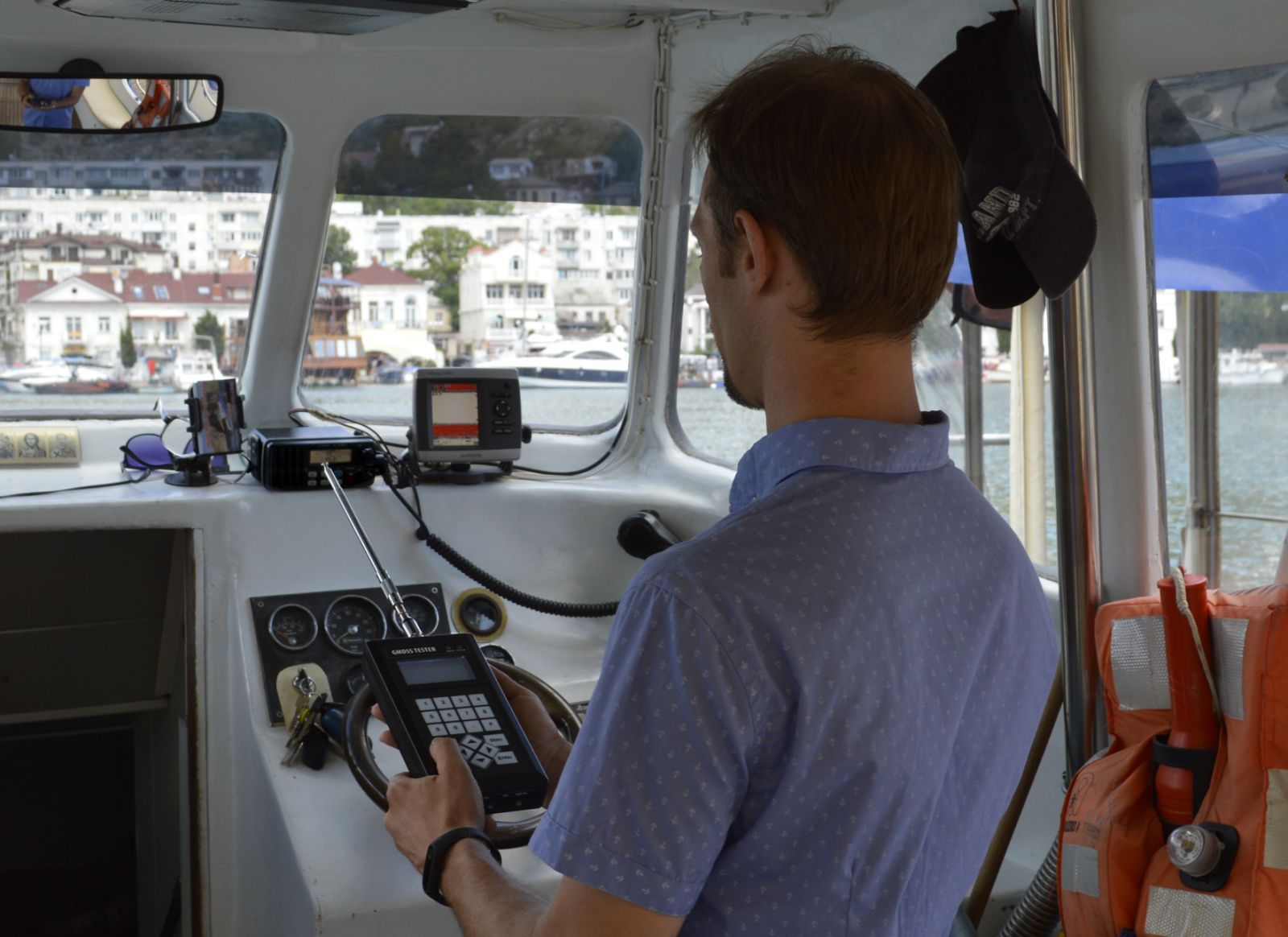
For the ships voyaging in Sea Areas A1 + A2, test requirements include:
- Test the MF receiver / transmitter (radiotelephony) as follows:
1. Check that equipment operates from main, emergency and reserve source of energy.
2. Check of antenna tuning.
3. Check of frequency tolerance, transmission line quality and RF power output.
4. Check receiver performance by monitoring known stations.
5. Check that the control units on the bridge have the first priority for initiating distress calls if the control units are provided outside the navigation bridge.
6. Check that equipment is capable of transmitting and receiving general communications.
- Test the MF DSC controller
1. Check conforming the correct MMSI is programmed.
2. Check correct operation by means of a test with a coast or by test equipment.
3. Check the off-air self-test program.
4. Check that the equipment operates from main, emergency and reserve force of energy.
- Inspect the MF DSC watch receiver
1. Confirm that only DSC channel indicated in SOLAS regulation IV/9* is being monitored.
*( a continuous DSC watch on the frequency 2,187.5kHz)
2. Check that a continuous watch is being maintained whilst keying MF radio transmitter.
3. Check the correct operation.
4. Check audibility of MF DSC alarm.
5. Check that equipment operates from main, emergency and reserve source of energy.
For the ships voyaging in Sea Areas A1 + A2 + A3, if the vessel is equipped by an INMARSAT station and MF receiver/transmitter
- Test of the MF receiver / transmitter (radiotelephony) is as below:
1. Check that equipment operates from main, emergency and reserve source of energy.
2. Check antenna tuning.
3. Check frequency tolerance, transmission line quality and RF power output.
4. Check receiver performance by monitoring known stations.
5. Check that control units on the bridge has first priority for the purpose of initiating distress alerts, if control units are provided outside the navigating bridge.
6. Check that equipment is capable of transmitting and receiving general communications.
- Test the MF DSC controller
1. Conforming the correct MMSI is programmed.
2. Check the correct operation by means of a test with a coast station or using test equipment.
3. Check the off-air self-test program.
4. Check that the equipment operates from main, emergency and reserve source of energy.
- MF DSC watch receiver
1. Confirm that only DSC channel indicated in SOLAS regulation IV/10.1.3* is being monitored.
*(a continuous DSC watch on the frequency 2,187.5kHz)
2. Check that a continuous watch is being maintained whilst keying MF radio transmitter.
3. Check the correct operation.
4. Check if the MF DSC alarm is audible.
5. Check that equipment operates from main, emergency and reserve source of energy.
For ships voyaging in Sea Areas A1 + A2 + A3, if the vessel is equipped with an MF/HF station
- Test the MF/HF receiver/transmitter (radiotelephony)
1. Check that equipment operates from main, emergency and reserve source of energy.
2. Check antenna tuning in all appropriate bands.
3. Check frequency tolerance on all appropriate bands, transmission line quality and RF power output.
4. Check receiver performance by monitoring known stations on all appropriate bands.
5. Check that the control units on the bridge have the first priority for initiating distress signals if the control units are provided outside the navigation bridge.
6. Check that the equipment is capable of transmitting and receiving general messages.
- MF/HF DSC controller
1. Conforming the correct MMSI is programmed.
2. Check correct operation by means of a test with a station or by test equipment.
3. Check the off-air self-test program.
4. Check that the equipment operates from main, emergency and reserve source of energy.
- MF/HF direct-printing telegraphy
1. Check that the correct selective calling number is programmed.
2. Check correct operation by a test with a coast station or by test equipment.
3. Check that equipment operates from main, emergency and reserve source of energy.
- MF/HF DSC watch receiver
1. Confirm that only DSC channels indicated in SOLAS regulation IV/10.2.2* is being monitored.
*(on the frequency 2,187.5kHz)
2. Check that a continuous watch is being maintained whilst keying MF radio transmitter.
3. Check the correct operation.
4. Check audibility of MF/HF DSC alarm.
5. Check that equipment operates from main, emergency and reserve source of energy.
For the ships operating in Sea Areas A1 + A2 + A3 + A4
- MF/HF receiver / transmitter (radiotelephony)
1. Check that equipment operates from main, emergency and reserve source of energy.
2. Check antenna tuning in all appropriate bands.
3. Check frequency tolerance on all appropriate bands, transmission line quality and RF power output.
4. Check receiver performance by monitoring known stations on all appropriate bands.
5. Check that control units on the bridge has first priority for the purpose of initiating distress alerts, if control units are provided outside the navigating bridge.
6. Check that equipment is capable of transmitting and receiving general communications.
- MF/HF DSC controller
1. Conforming the correct MMSI is programmed.
2. Check the correct operation by means a test with a coast station or using test equipment.
3. Check that the off-air self-test program.
4. Check that the equipment operates from main, emergency and reserve source of energy.
- MF/HF direct-printing telegraphy
1. Confirm that the correct selective calling number is programmed.
2. Check correct operation by a test with a coast station or by test equipment.
3. Check that the equipment operates from main, emergency and reserve source of energy.
- MF/HF DSC watch receiver
1. Confirm that only DSC channels indicated in SOLAS regulation IV/10.2.2* is being monitored.
*(on the frequency 2,187.5kHz)
2. Check that a continuous watch is being maintained whilst keying MF radio transmitter.
3. Check the correct operation.
4. Check audibility of MF/HF DSC alarm.
5. Check that equipment operates from main, emergency and reserve source of energy.
Besides, the surveyor should check that there are the duplicate equipment for MF receiver / transmitter (DSC and radiotelephony) and for MF/HF receiver / transmitter (DSC, radiotelephony and direct-printing telegraphy).
CONCLUSION
MF/HF radio stations are essential equipment of the GMDSS system and bridge apparatus. This tackle is designed to assure communication on sea globally and may help to protect lives of seafarers and voyagers. If the Titanic had been equipped with a similar device, possibly people would have been saved.
As a part of the GMDSS system, the MF/HF radio performs its own life-protecting task and can probably become the only hope in a dangerous situation. Thus, it is vital to have such equipment on a board and what is also crucial is to keep these devices in a perfect condition. Accurate and systematic MF/HF testing helps achieve this. If the test fails, the reason for this should be found and corrected. Otherwise, the station must be replaced.
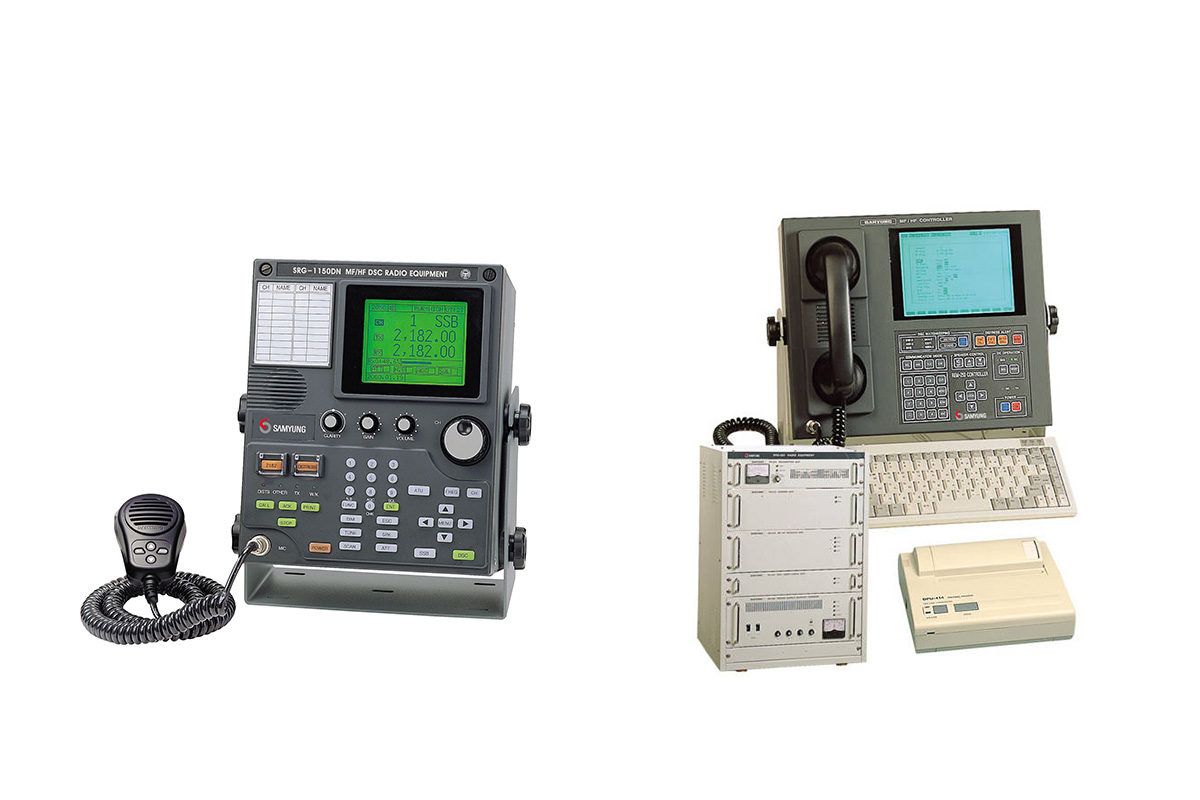

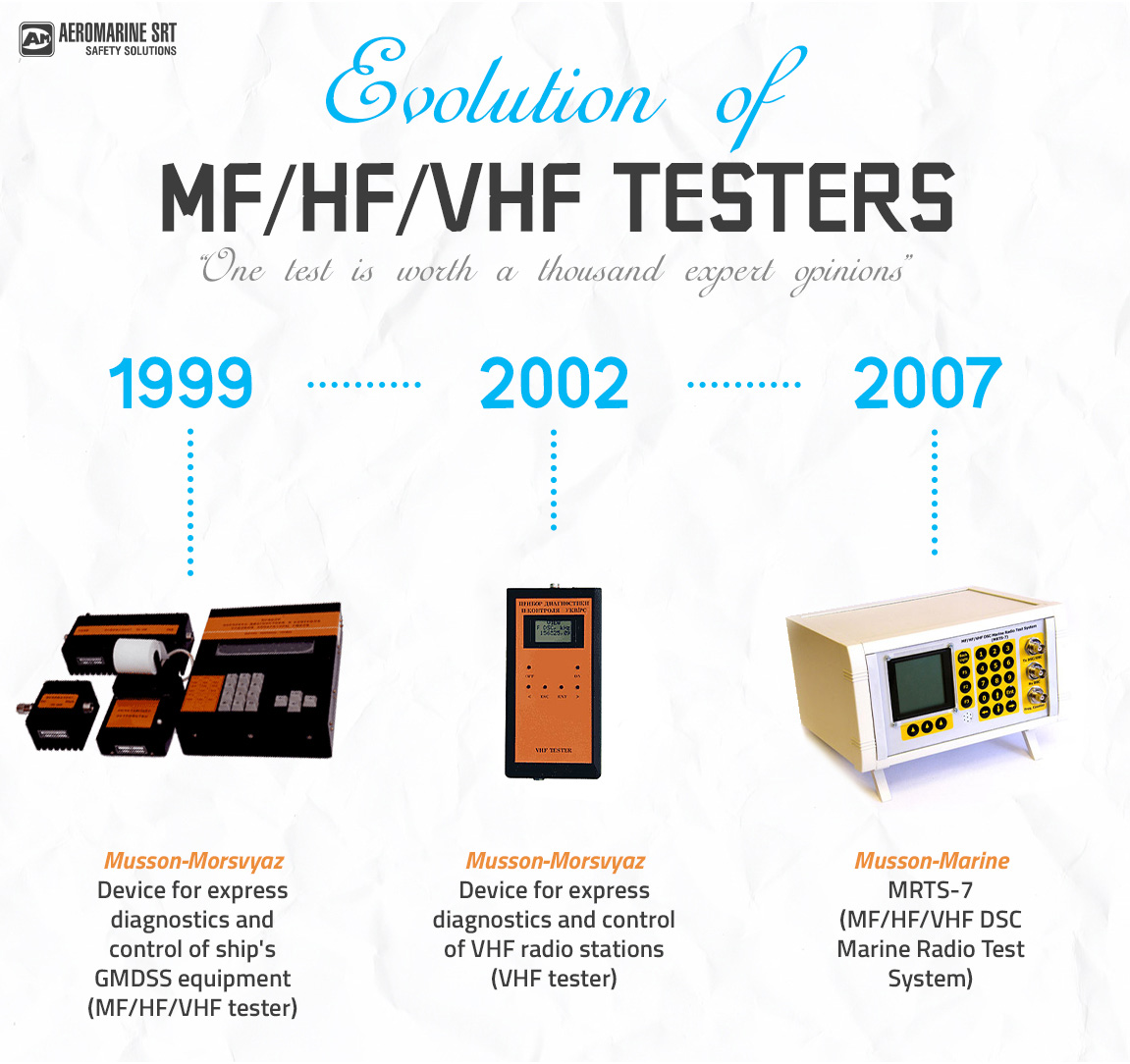
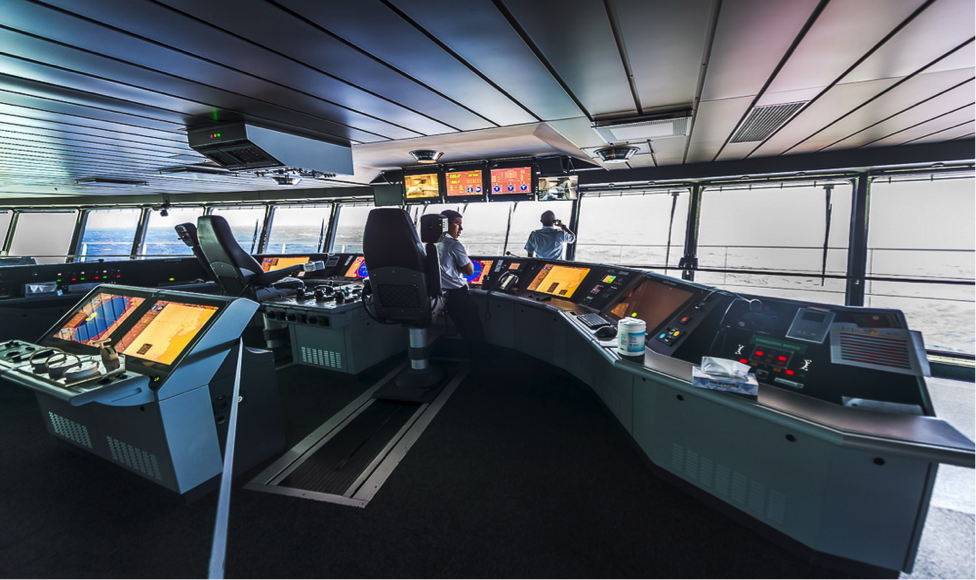
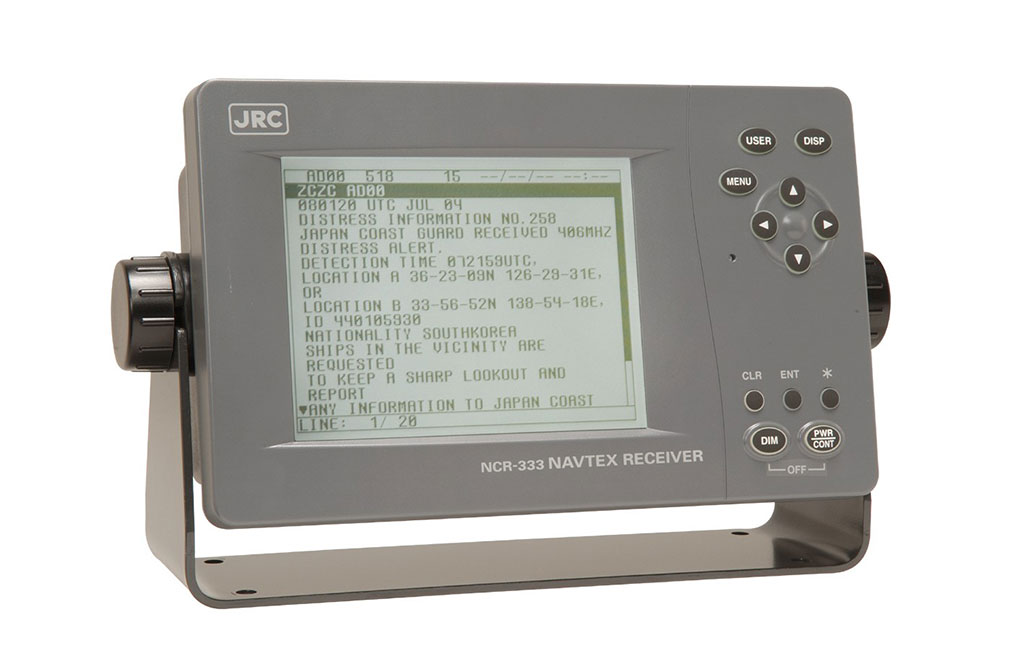

Be the first to comment